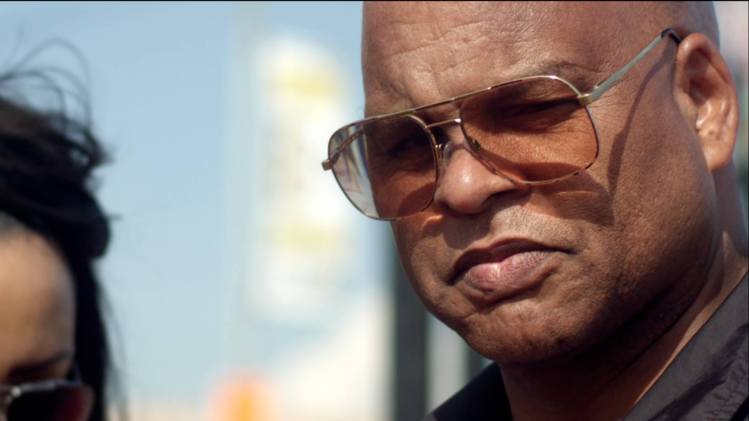Summer time is “killing season” in South Los Angeles.
License to Operate is a soon-to-be released documentary about former gang members who turned into protectors of their communities. The filmmakers wanted to capture dramatic, sweeping, time-lapsed shots of L.A. with a limited budget, and they decided to use drones to do so.
“Drones allowed us to cover the city in an interesting and ‘macro’ way,” said Mike Wallen, one of the film’s producers. “We could look at all these small neighborhoods that make up L.A. and get aerial footage of the city at large, and then zoom back in without using traditional motion graphics. Helicopters are expensive and limited by how far they can go. Drones gave us the ability to start a shot on a person’s face and all of a sudden rip out a mile.”
Los Angeles is known as the “gang capital of America,” with 450 active gangs causing hundreds of deaths a year. The documentary project started out as a marketing campaign for A Better LA, a nonprofit organization that strives to cut down on violence in gang-ridden areas. A Better LA hired creative agency called Omelet to create a short, 11-minute video for a fund-raiser.
While making this film, Wallen said they learned about a group called “License To Operate” (LTO) that trained former gang leaders to help tamp down gang activity in dangerous neighborhoods. These men worked with the Los Angeles Police Department to stop the violence and helped contribute to a steady decline in the city’s murder rates.
The film’s production team became so inspired by the story that they decided to turn it into a feature-length documentary. In partnership with Foundation Content, it launched a successful $50,000 Kickstarter campaign.
The crew shot License to Operate using traditional movie cameras as well as with drones equipped with Canon ESO C500 digital cinema cameras controlled by remotes. The drones could fly for up to 5 minutes at a time and rise up to a mile above the city. Wallen also said they also enabled smoother shots than small helicopters and eliminated the need for expensive cranes entirely.
“Using the drones opened our eyes from day one,” Wallen said. “It gave us dramatic shots no-one else could get without blowing the budget, and impacted the way we introduced characters and represented neighborhoods. We knew we could break ground with the way we told the story.”
The production crew ended up shooting 200 hours of footage for a 90-minute film. Rather than letting it go to waste, Omelet and Foundation created an interactive map where people can explore neighborhoods and learn about the gang and interventionist activity there.
LTO is expected to release in March or April. Check out the trailer below.
VentureBeat's mission is to be a digital town square for technical decision-makers to gain knowledge about transformative enterprise technology and transact. Learn More

